ST10F276 16-bit MCU with MAC Unit Datasheet, Pinout, Features and Application
The ST10F276 microcontroller is a powerful and versatile embedded system solution that offers a wide range of features and capabilities. In this article, we will provide an in-depth overview of the ST10F276, explore its datasheet, features, pinout, applications, and more details—everything you need to know about this 16-bit mcu.

Overview of ST10F276
The ST10F276 is part of STMicroelectronics' ST10 family of 16-bit single-chip CMOS microcontrollers. It offers high CPU performance, up to 32 million instructions per second, along with advanced peripheral functionality and enhanced I/O capabilities. The device features on-chip high-speed voltage Flash memory and RAM and utilizes a PLL for clock generation. Fabricated using 0.18μm CMOS technology, the ST10F276 includes a 5V to 1.8V on-chip voltage regulator for the MCU core and logic. It operates with a single 5V supply and its I/Os function is at 5V.
ST10F276 Features
- High-performance 16-bit CPU with DSP functions
- 31.25 ns instruction cycle time at 64 MHz max. CPU clock
- Multiply/accumulate unit (MAC) 16 x 16-bit multiplication, 40-bit accumulator
- Enhanced boolean bit manipulations
- Single-cycle context switching support
- On-chip memories
- 512 Kbyte Flash memory (32-bit fetch)
- 320 Kbyte extension Flash memory (16-bit fetch)
- Single voltage Flash memories with erase/program controller and 100 K erasing/programming cycles.
- Up to 16 Mbyte linear address space for code and data (5 Mbytes with CAN or I2C)
- 2 Kbyte internal RAM (IRAM)
- 66 Kbyte extension RAM (XRAM)
- External bus
- Programmable external bus configuration and characteristics for different address ranges
- Five programmable chip-select signals
- Hold-acknowledge bus arbitration support
- Interrupt
- 8-channel peripheral event controller for single-cycle interrupt-driven data transfer
- 16-priority-level interrupt system with 56 sources, sampling rate down to 15.6ns
- Timers: two multi-functional general-purpose timer units with 5 timers
- Two 16-channel capture/compare units
- 4-channel PWM unit + 4-channel XPWM
- A/D converter
- 24-channel 10-bit
- 3 µs minimum conversion time
- Serial channels
- Two synchronous/asynchronous serial channels
- Two high-speed synchronous channels
- One I2C standard interface
- 2 CAN 2.0B interfaces operating on 1 or 2 CAN busses (64 or 2x32 message, C-CAN version)
- Fail-safe protection
- Programmable watchdog timer
- Oscillator watchdog
- On-chip bootstrap loader
- Clock generation
- On-chip PLL with 4 to 12 MHz oscillator
- Direct or prescaled clock input
- Real-time clock and 32 kHz on-chip oscillator
- Up to 111 general-purpose I/O lines
- Individually programmable as input, output, or special function
- Programmable threshold (hysteresis)
- Idle, Power-down, and Standby modes
- Single voltage supply: 5 V ±10% (embedded regulator for 1.8 V core supply)
ST10F276 Specifications
ST10F276 technical specifications, attributes, parameters, and parts with similar specifications to ST10F276Z5T3.
| Type | Parameter |
| Core Processor | ST10 |
| Program Memory Size | 512 kB |
| Data RAM Size | 68 kB |
| Maximum Clock Frequency | 40 MHz |
| ADC Resolution | 10 bit |
| Number of I/Os | 111 I/O |
| Voltage - Supply (Vcc/Vdd) | 4.5V ~ 5.5V |
| Data Bus Width | 16 bit |
| Operating Temperature | 144-LQFP |
| Interface Type | CAN, I2C |
| Number of ADC Channels | 24 Channel |
| Number of Timers/Counters | 5 Timer |
| Package / Case | LQFP-144 |
ST10F276 Pinout

ST10F276 Logic symbol

ST10F276 Block Diagram
The ST10F276 architecture blends the benefits of RISC and CISC processors with an advanced peripheral subsystem. The block diagram provides an overview of the various on-chip components and the high-bandwidth internal bus structure of the ST10F276.

Absolute Maximum Ratings

Advantages of ST10F276
Integrated Peripherals: Timers, PWM, and ADC
The ST10F276 is equipped with a range of integrated peripherals, including timers, Pulse Width Modulation (PWM) controllers, and Analog-to-Digital Converters (ADCs). These peripherals enhance the microcontroller's functionality and make it suitable for a variety of applications requiring precise timing, analog signal processing, and control capabilities.
Real-Time Operating System (RTOS) Support
The ST10F276 offers support for Real-Time Operating Systems (RTOS), allowing developers to create complex and responsive embedded applications. RTOS support enables multitasking, real-time scheduling, and efficient resource management, enhancing the microcontroller's suitability for demanding real-time applications.
Interrupt Handling and Event Management in the ST10F276
The ST10F276 features a sophisticated interrupt handling mechanism, allowing the microcontroller to respond to external events and signals in a timely and efficient manner. The microcontroller supports multiple interrupt sources and prioritization levels, enabling developers to manage and prioritize interrupts based on their application's requirements. Additionally, the ST10F276 provides flexible event management capabilities, allowing developers to configure and manage events to meet the specific needs of their application.
ST10F276 Application
Automotive Electronics: Engine Control Units (ECUs), Infotainment Systems
The ST10F276 is widely used in automotive electronics for applications such as Engine Control Units (ECUs) and infotainment systems. Its robust architecture and high processing power make it suitable for controlling various functions in modern vehicles, including engine management, multimedia playback, and connectivity features.
Industrial Automation: PLCs, Motor Control, and Robotics
In industrial automation, the ST10F276 plays a crucial role in Programmable Logic Controllers (PLCs), motor control systems, and robotics. Its real-time processing capabilities, along with support for communication interfaces, make it ideal for controlling and monitoring industrial processes with high precision and reliability.
Consumer Electronics: Smartphones, Wearable Devices
The ST10F276 is also found in consumer electronics, powering devices such as smartphones and wearable devices. Its efficient power management features and support for advanced communication protocols enable seamless connectivity and performance in these devices.
Communications Equipment: Routers, Modems, and IoT Devices
Communications equipment, including routers, modems, and Internet of Things (IoT) devices, benefit from the ST10F276's processing power and communication capabilities. Its ability to handle complex networking tasks and manage multiple communication interfaces makes it a preferred choice for such applications.
ST10F276 Package

ST10F276 144-pin plastic quad flat package

ST10F276 144-pin low profile quad flat package
ST10F276 Manufacturer
STMicroelectronics is a global leader in semiconductor manufacturing, offering a comprehensive portfolio of advanced analog, digital, and mixed-signal integrated circuits (ICs) along with microcontrollers, sensors, and other semiconductor solutions. With a focus on innovation and sustainability, STMicroelectronics serves a wide range of industries, including automotive, industrial, consumer electronics, and telecommunications. The company is known for its high-quality products, reliability, and commitment to environmental responsibility. STMicroelectronics continues to drive technological advancements, shaping the future of the semiconductor industry with its cutting-edge solutions.
ST10F276 Datasheet
Download ST10F276 Datasheet PDF.
Related Read: ST10F276 Internal Flash programmer
ST10F276 vs. ST10F269
The ST10F276 device is upward compatible with the ST10F269 device, compared to the ST10F269, the ST10F276 differs in several aspects:
- Flash control interface based on STMicroelectronics' third generation of stand-alone Flash memories (M29F400 series), featuring an embedded Program/Erase Controller that frees up the CPU during programming or erasing the Flash.
- Only one supply pin (V18, previously DC1 in ST10F269) on the QFP144 package is used for decoupling the internally generated 1.8V core logic supply. This pin should be connected to a decoupling capacitor (ceramic type, typical value 10nF, maximum value 100nF) and should not be connected to a 5.0V external supply.
- Modified AC and DC parameters due to differences in maximum CPU frequency.
- Introduction of a new VDD pin replacing DC2 of ST10F269.
- The EA pin serves a new alternate functionality, providing a dedicated power supply (VSTBY) to maintain a biased portion of the XRAM (16Kbytes) when the main power supply of the device (VDD and, consequently, the internally generated V18) is turned off for low power mode, allowing data retention. VSTBY voltage should be in the range of 4.5-5.5 Volt, and an embedded low power voltage regulator provides the 1.8V for the RAM, the low-voltage section of the 32kHz oscillator, and the Real Time Clock module when not disabled. It is permissible to exceed the upper limit up to 6V for a very short period during the global life of the device and to exceed the lower limit down to 4V when RTC and 32kHz on-chip oscillator are not used.
- The addition of a second SSC mapped on the XBUS (SSC of ST10F269 becomes SSC0, while the new one is referred to as XSSC or SSC1). Note that there are restrictions and functional differences due to the XBUS peculiarities between the classic SSC and the new XSSC.
- The addition of a second ASC mapped on the XBUS (ASC0 of ST10F269 remains ASC0, while the new one is referred to as XASC or ASC1). Note that there are restrictions and functional differences due to the XBUS peculiarities between the classic ASC and the new XASC.
- Addition of a second PWM mapped on the XBUS (PWM of ST10F269 becomes PWM0, while the new one is referred to as XPWM or PWM1). Note that there are restrictions and functional differences due to the XBUS peculiarities between the classic PWM and the new XPWM.
- Addition of an I2C interface on the XBUS (see X-I2C or simply I2C interface).
- CLKOUT function can output either the CPU clock (like in ST10F269) or a software programmable prescaled value of the CPU clock.
- Significant increase in embedded memory size (both Flash and RAM).
- Adaptation of PLL multiplication factors to the new frequency range.
- The A/D Converter is not fully compatible with ST10F269 (timing and programming model). The formula for the conversion time is still valid, while the sampling phase programming model is different.
- Additional 8 channels available on P1L pins as an alternate function: the accuracy reachable with these extra channels is reduced with respect to the standard Port5 channels.
- Potential limitations on maximum speed and maximum capacitance load for the External Memory bus (under evaluation): ST10F276 will likely not be able to address an external memory at 64MHz with 0 wait states (under evaluation).
- Modification of XPERCON register bit mapping according to new peripherals implementation (not fully compatible with ST10F269).
- The bondout chip for emulation (ST10R201) cannot achieve more than 50MHz at room temperature, making real-time emulation impossible at maximum speed.
- Different input section characteristics. The threshold programmability is extended to all port pins (additional XPICON register), allowing the selection of standard TTL (with up to 500mV of hysteresis) and standard CMOS (with up to 800mV of hysteresis).
- Output transition is not programmable.
- Enhanced CAN module: ST10F276 implements two C-CAN modules, so the programming model is slightly different. Additionally, the possibility to map the two CAN modules in parallel is added (on P4.5/P4.6).
- Reshaping of on-chip main oscillator input frequency range, reducing it from 1-25MHz down to 4-12MHz. This high-performance oscillator amplifier provides a very high negative.
Conclusion
In conclusion, the ST10F276 microcontroller stands out as a versatile and powerful solution for a wide range of electronic applications. Its high-performance CPU core, integrated peripherals, and enhanced debugging tools make it an attractive choice for automotive, industrial, and consumer electronics. Whether you're a seasoned developer or just starting, the ST10F276 offers a robust platform for your projects. Its compatibility with various programming languages and development tools makes it accessible to a wide range of developers.
Read More
FAQ
-
What is the maximum clock speed of the ST10F276?
The ST10F276 operates at a maximum clock frequency of 64 MHz, providing high-speed processing capabilities for various applications.
-
Can the ST10F276 interface with external memory?
Yes, the ST10F276 supports external memory interfacing through its memory bus interface, allowing for expanded storage and data handling capabilities.
-
How does the ST10F276 handle interrupts?
The ST10F276 features a robust interrupt handling mechanism with multiple interrupt sources and prioritization levels. Developers can configure and manage interrupts using the microcontroller's interrupt controller unit.
-
What programming languages are supported for ST10F276 development?
The ST10F276 supports programming in C and assembly languages, offering flexibility for developers to choose the most suitable language for their application needs. Additionally, development tools and libraries are available to aid in software development for the ST10F276.

 Prof. David Reynolds
Prof. David Reynolds
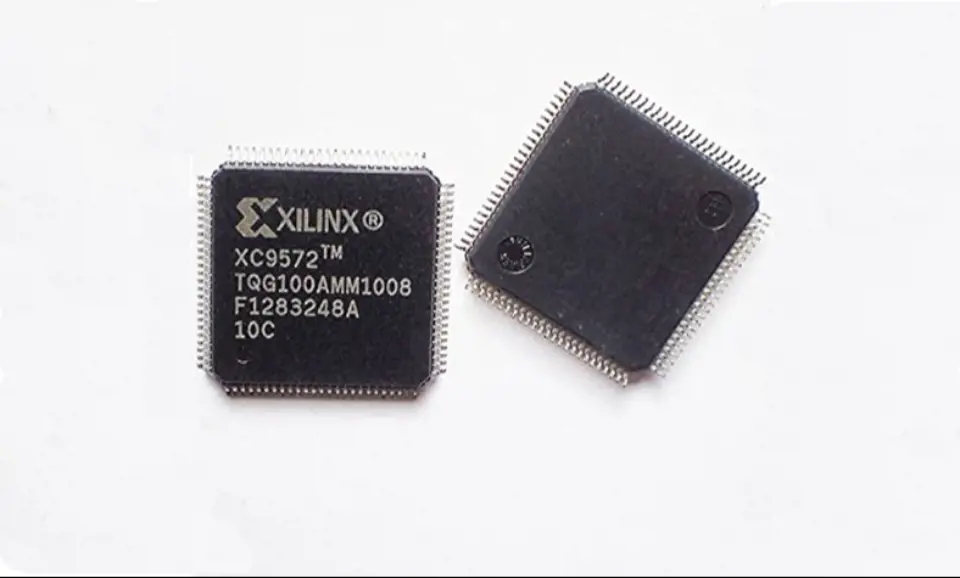
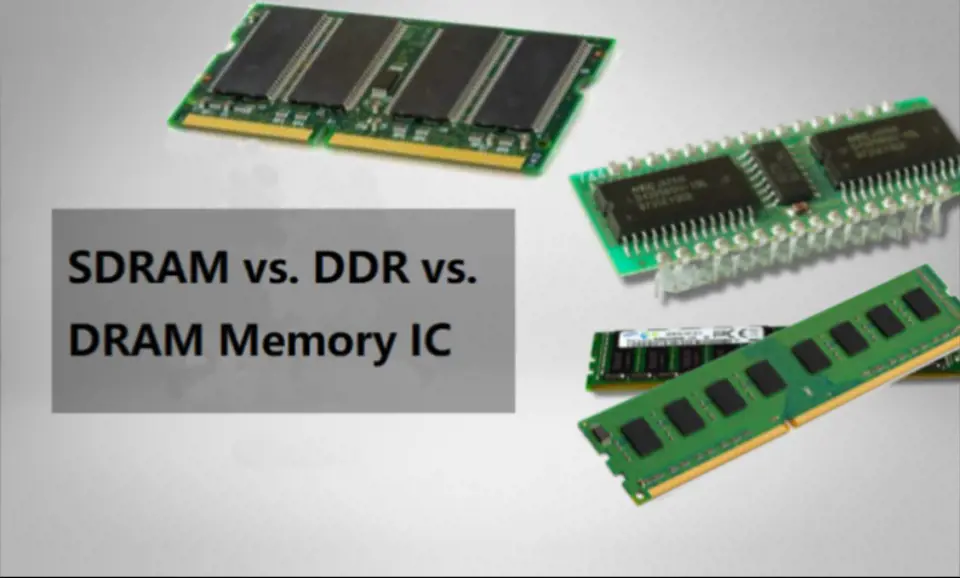
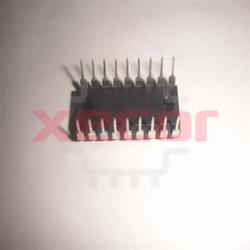
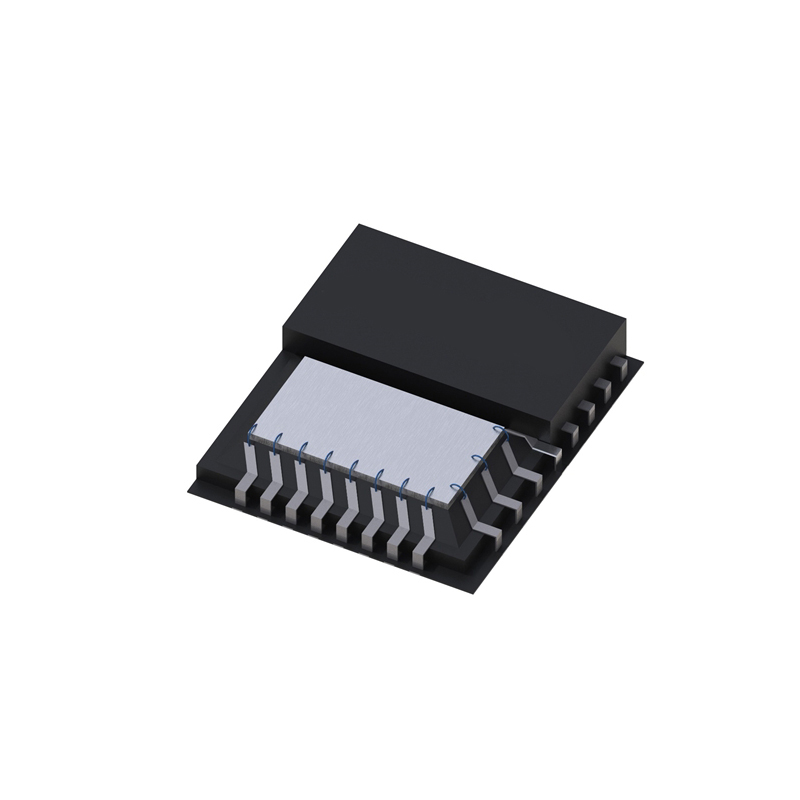
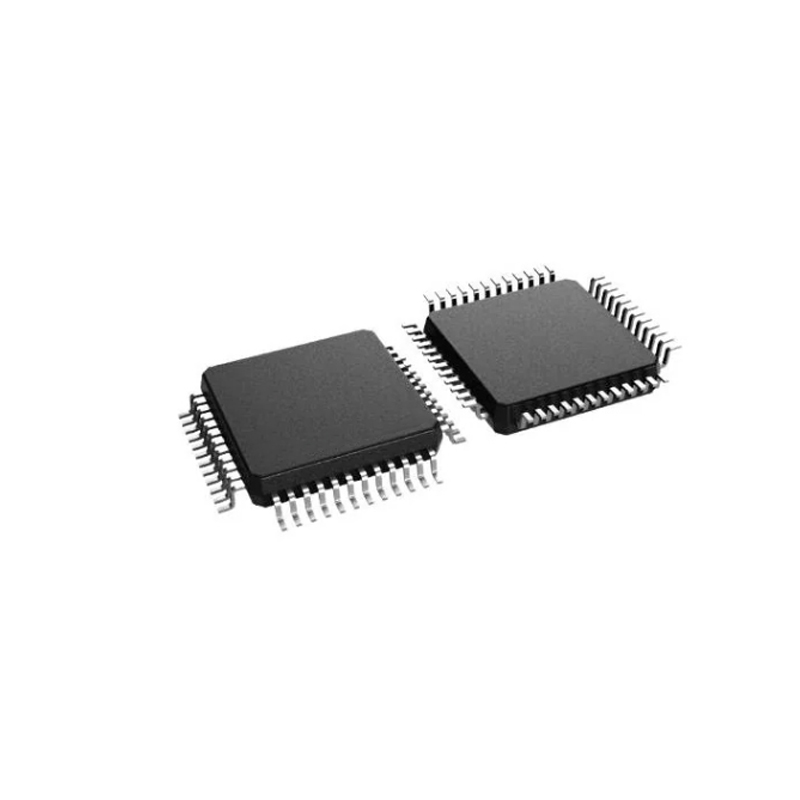
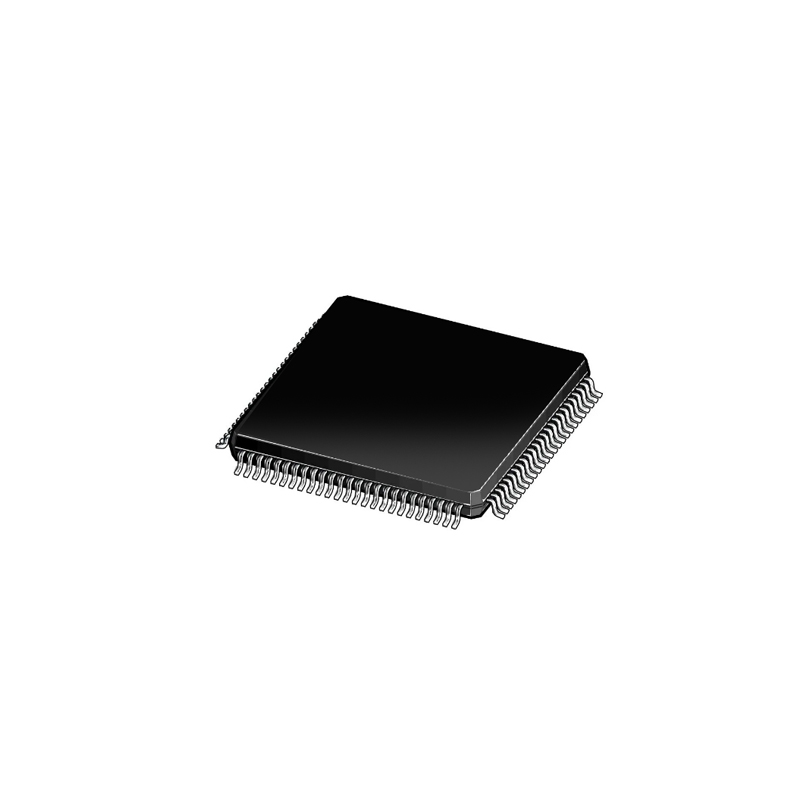
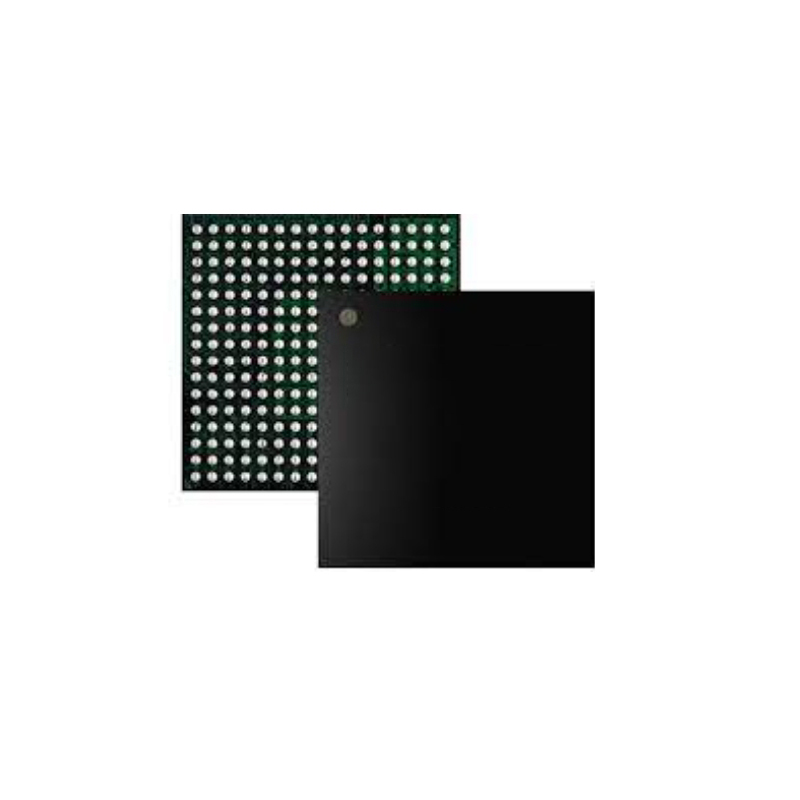
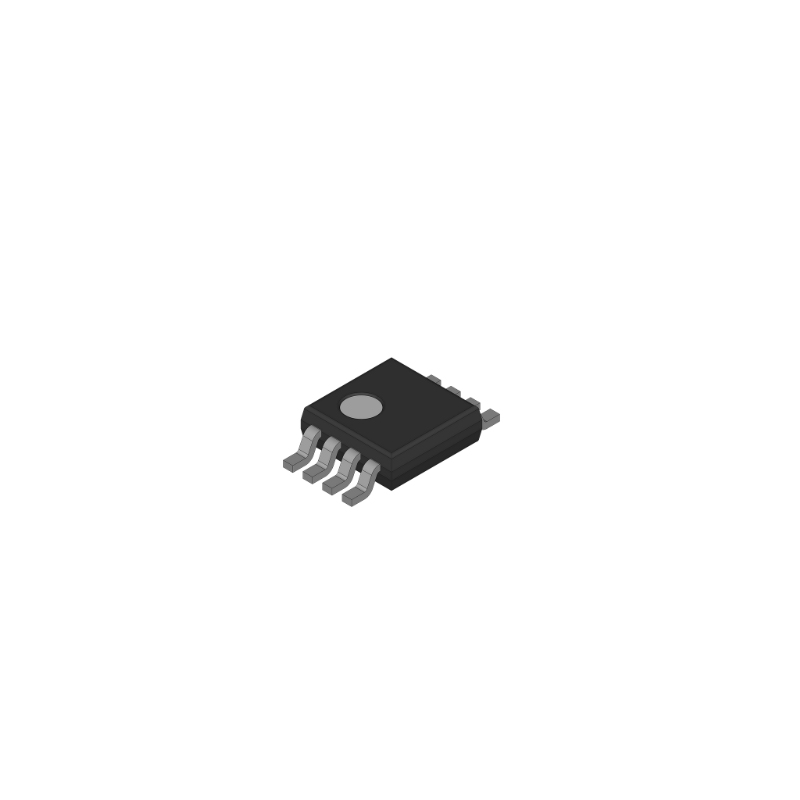
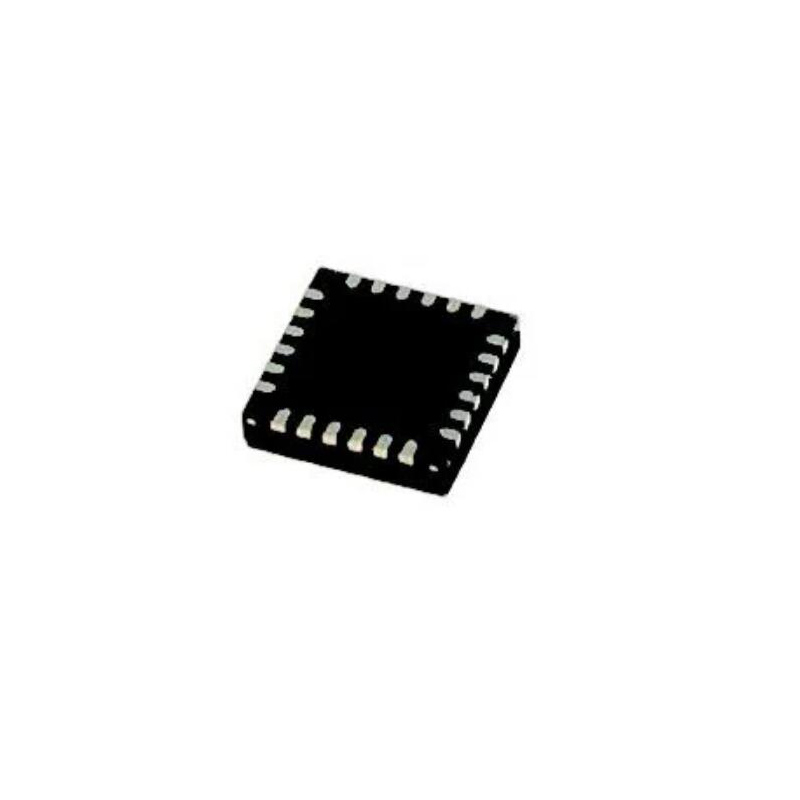
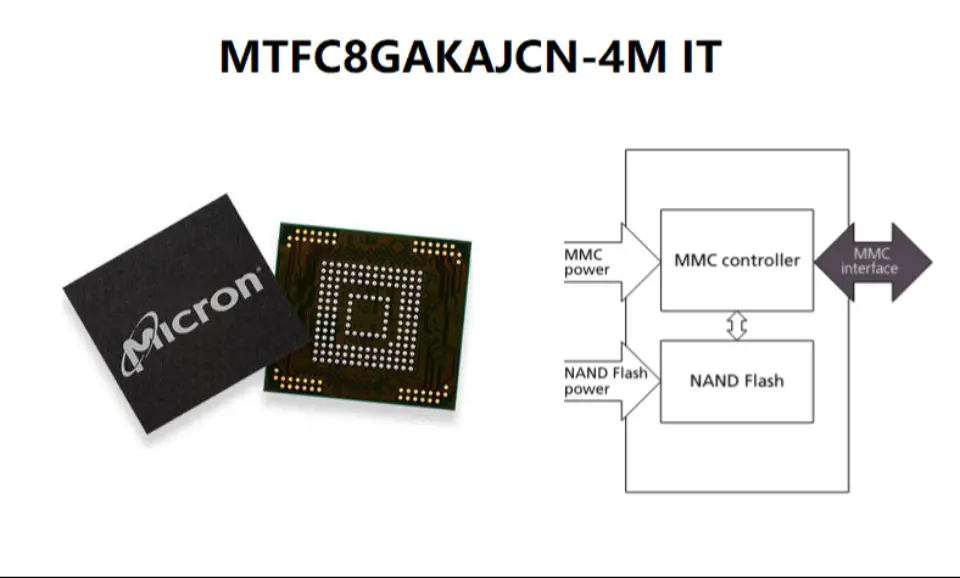
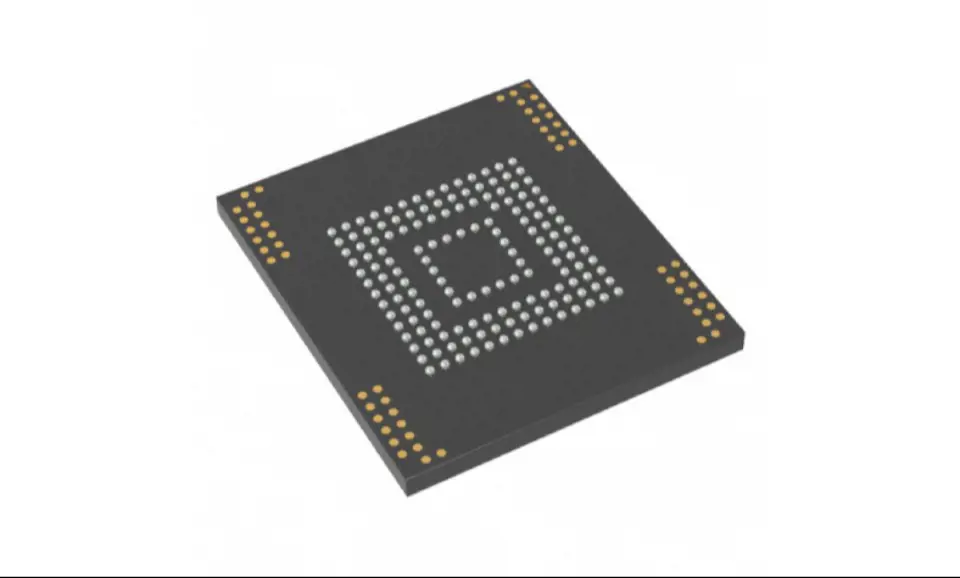
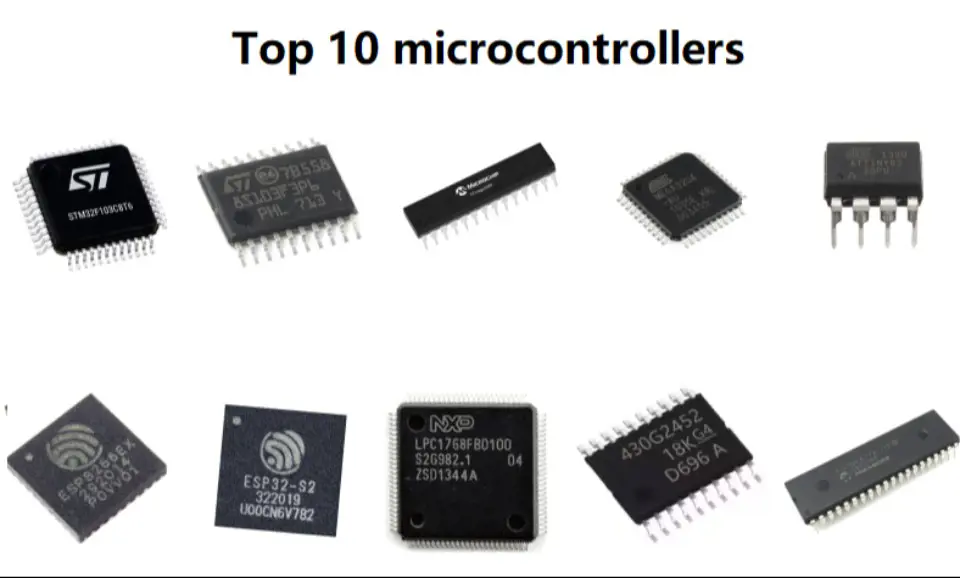
Still, need help? Contact Us: [email protected]